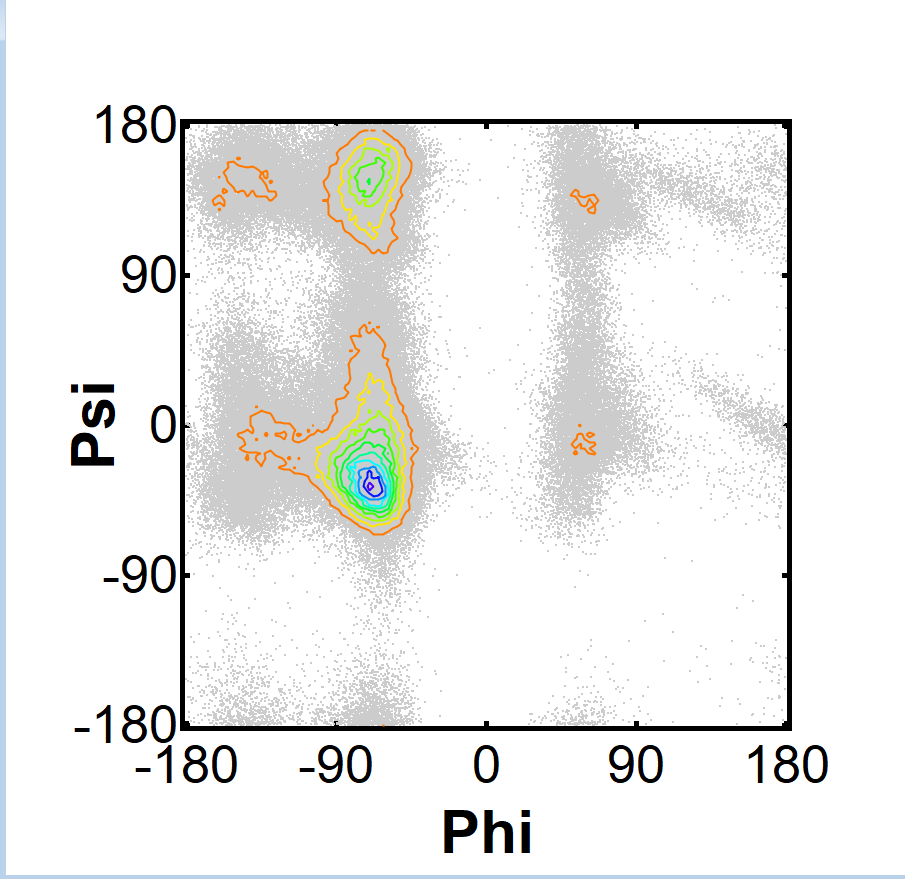

Spatiotemporal control of epithelial remodeling by regulated myosin phosphorylation. Dynamic myosin phosphorylation regulates contractile pulses and tissue integrity during epithelial morphogenesis. folded gastrulation, cell shape change and the control of myosin localization. Myosin light chain-activating phosphorylation sites are required for oogenesis in Drosophila. Regulation of myosin phosphatase by Rho and Rho-associated kinase (Rho-kinase). Excessive Myosin activity in mbs mutants causes photoreceptor movement out of the Drosophila eye disc epithelium. In vitro assembly and structure of myosin filaments. Biomechanical regulation of contractility: spatial control and dynamics. Myosin-dependent junction remodelling controls planar cell intercalation and axis elongation. Regulation of the cytoskeleton and cell adhesion by the Rho family GTPases in mammalian cells.

Planar polarized actomyosin contractile flows control epithelial junction remodelling. Tissue elongation requires oscillating contractions of a basal actomyosin network. Pulsed forces timed by a ratchet-like mechanism drive directed tissue movement during dorsal closure. Solon, J., Kaya-Copur, A., Colombelli, J. Pulsed contractions of an actin-myosin network drive apical constriction. Punctuated actin contractions during convergent extension and their permissive regulation by the non-canonical Wnt-signaling pathway. Cortical flows powered by asymmetrical contraction transport PAR proteins to establish and maintain anterior-posterior polarity in the early C. Rather, it is a self-organized system that involves positive and negative biomechanical feedback between MyoII advection and dissociation rates. Notably, pulsatility is not an outcome of an upstream Rho1 pacemaker. Pulsatility emerges at intermediate dissociation rates, enabling convergent advection of MyoII and its upstream regulators Rho1 GTP, Rok and MyoII phosphatase. Spatial control over MyoII exchange kinetics establishes two stable regimes of high and low dissociation rates, resulting in MyoII planar polarity. We identify two critical properties of MyoII dynamics that underlie stability and pulsatility: exchange kinetics governed by phosphorylation–dephosphorylation cycles of the MyoII regulatory light chain and advection due to contraction of the motors on F-actin networks. While polarized flows of medial–apical MyoII pulses deform vertical junctions, MyoII enrichment on these junctions (planar polarity) stabilizes them 6.


This morphogenetic process is powered by cell intercalation, which involves the shrinkage of junctions in the dorsal–ventral axis (vertical junctions) followed by junction extension in the anterior–posterior axis 8. Here we investigate the role of MyoII regulation through the conserved Rho1–Rok pathway 7 during Drosophila melanogaster germband extension. Although this ratchet-like behaviour operates in a variety of contexts, the underlying mechanisms remain unclear. Actomyosin networks undergo cycles of assembly and disassembly (pulses) 1, 2 to cause cell deformations alternating with steps of stabilization to result in irreversible shape changes 3, 4, 5, 6. Forces required to power these changes are generated by non-muscle myosin II (MyoII) motor proteins pulling filamentous actin (F-actin). Tissue morphogenesis is orchestrated by cell shape changes.


 0 kommentar(er)
0 kommentar(er)
